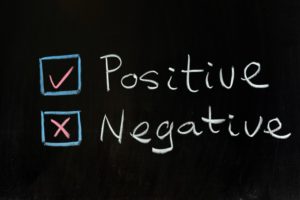Great leaders choose their leadership style like a golfer chooses his or her club, with a calculated analysis of the matter at hand, the end goal, and the best tool for the job. ~Robyn Benincasa
 My golf clubs are tucked neatly in my storage locker in the basement. They do see the light of day, now and then. But I’ve never played enough to really know how and when to use all of the different clubs. Wouldn’t the game be much easier with just maybe three clubs? A driver, an iron, and a putter? I’m sure the avid and pro golfers would tell me that it might be “easier” but the end-result would be a higher score.
My golf clubs are tucked neatly in my storage locker in the basement. They do see the light of day, now and then. But I’ve never played enough to really know how and when to use all of the different clubs. Wouldn’t the game be much easier with just maybe three clubs? A driver, an iron, and a putter? I’m sure the avid and pro golfers would tell me that it might be “easier” but the end-result would be a higher score.
There are many leadership styles. Authors use different descriptors, but for this analogy I’ll use Daniel Goleman’s six styles: coercive (demands immediate compliance), authoritative (mobilizes people toward a vision), democratic (forges consensus through participation), pacesetting (sets high standards for performance), and coaching (develops people for the future).
Think of these six styles as you would your set of golf clubs. You may be a really great driver but not as competent down the fairway or on the putting green. But you aren’t going to use your driver all the way from driving to putting. You’ll change your club depending upon the situation. I’m always intrigued by the pro golfers and the extent to which they analyze the situation. They don’t just grab a club and hit the ball. They look at everything: the lie, the distance, the wind, their score (should they go for a birdie or play it safe and stay on par), etc.
According to Goleman, “Research indicates that leaders with the best results do not rely on only one leadership style; they use most of them in a given week – seamlessly and in different measure – depending on the situation.”
Unfortunately, many leaders lead much like the way I play golf. I get comfortable with a few of my clubs and use them repeatedly. Even though I would probably get better results, given the situation, by using a different club. I just need to practice using the other clubs more frequently. The same way leaders need to practice different leadership styles instead of relying on what comes most naturally or feels most comfortable.
At first, it might feel a little mechanical, switching to different styles of leadership. Goleman tells us that “the most effective leaders are exquisitely sensitive to the impact they are having on others and seamlessly adjust their style to get the best results.” That’s a really powerful statement, worth repeating. “The most effective leaders are exquisitely sensitive to the impact they are having on others and seamlessly adjust their style.”
Good golfers don’t play through 18 holes of golf using only one or two clubs. They constantly assess the situation and make adjustments. The same is true for the best leaders. We live in a continually changing environment, so the best leaders will assess the situation and make adjustments in their leadership style—week to week, day to day, and hour to hour.



